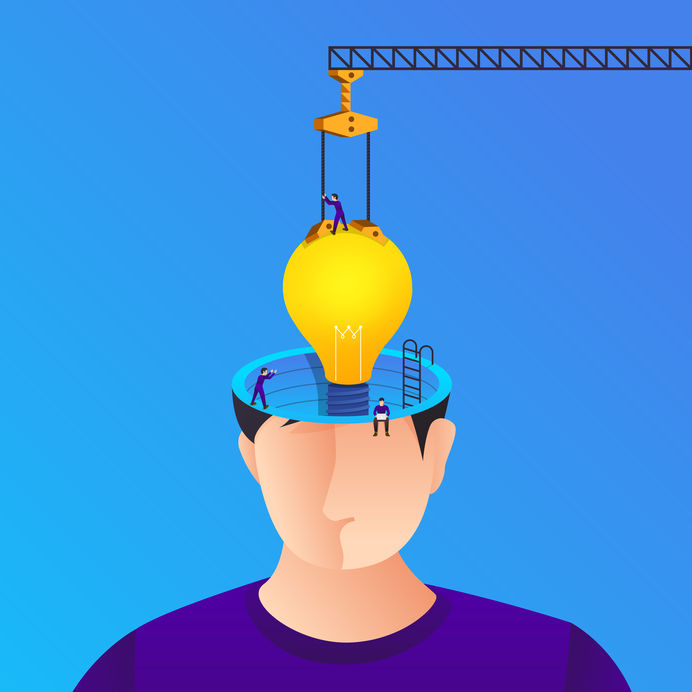#5 Applying for a Patent is an Investment in Itself.
Obtaining a patent is an exercise in showing the USPTO that what you’re requesting is useful, novel, and non-obvious. If your claims meet those criteria, you may be granted a patent.
The application consists of a highly detailed description of the invention which includes all of its background, functions, components. It requires breaking down all of the elements of the invention from all angles. Along with this breakdown, description of all the “prior art” related to the invention must be listed.
This process of preparing, submitting and procuring the application should be handled by a professional experienced in these matters (e.g. Patent Attorney), as it requires a high level of attention to detail, a particular knowledge of the application process and the applicable law, as well as a mastery of the technical language of the application. The process, logistically speaking, requires many hours of research, writing and communication with officers and other professionals. So, while costs vary per application, anyone seriously considering applying for a patent should allocate a budget in the thousands of dollars.
#6 The Application does not Guarantee the Patent.
Once the application is submitted, a rigorous evaluation by USPTO officials follows, to certify that what you present as your “claim” in your application is useful, novel and non-obvious. It is also used to check that there is no current patent on it.
If the examining officer decides that a “claim” does not apply (whether because there is a current patent, or other reasons) the officer may require you to delete or review that portion of your application, subject to withdrawal. The evaluation and review process may take years, from the time one applies for the patent, until the officer finally issues his/her decision. The grant of your patent will generally be retroactive to the day of filing your application.
Patents are granted only on “claims” on an invention that is useful, novel and non-obvious. The mere fact of submitting an application, paying the fees and/or reviewing your application after signaling by an officer does not guarantee the grant of a patent in any way.
#7 The Patent will not Necessarily be Above all the Invention.
As is often the case, new inventions can be traced back to previous inventions. If one invents something that already exists, and adds new elements, the patent that one can obtain over that invention is limited only to those portions which are novel and not obvious. A new invention, which is created on the basis of other inventions, never overrides its previous patent(s).
Suppose you obtain a patent on a helicopter propeller, and a person wants to use your invention to craft propellers for a new type of “drone”. You can grant that person a license to use your patent in his/her invention. If that person then applies and obtains a patent on any element of his drone, it would be only for those elements (i.e. “claims”) that are useful, novel and non-obvious from it. Therefore, he/she won’t be able to get a patent on your claims that have been protected.
#8 All Patents Expire.
A patent is a limited monopoly to the use and exploitation of an invention, but only on the useful, novel and non-obvious elements of the invention. This limited monopoly generally lasts between 17-20 years from the date of application. It includes the right to exclude others from using those elements protected by your patent.
Once the patent expires, along with your limited monopoly, that invention can be used without the need for authorization from you. A common example of this is prescription drugs that, after patent expire, generic versions begin to emerge at a significantly lower cost.








